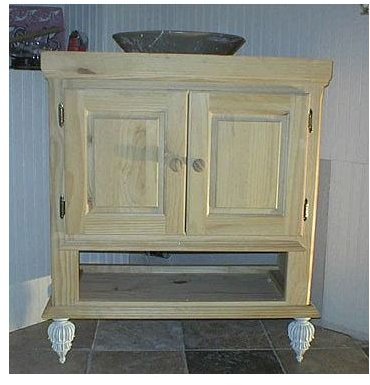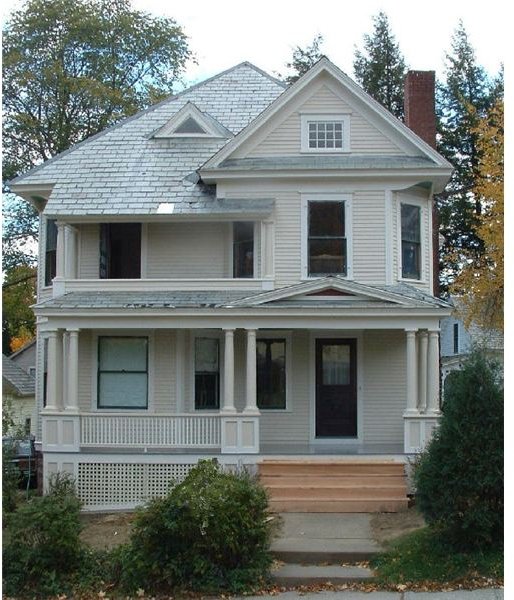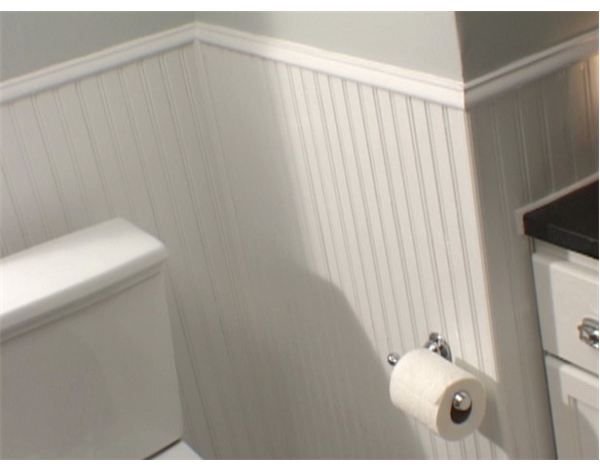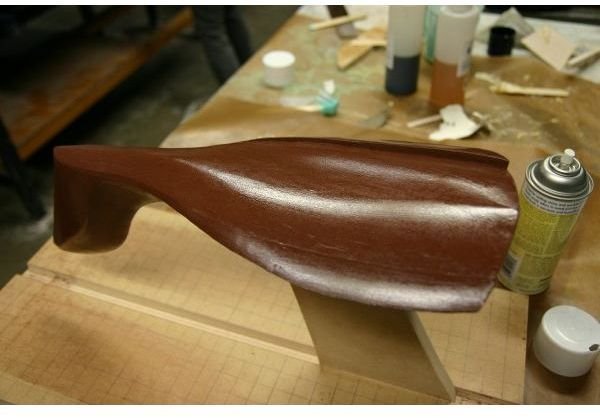What is the Purpose of a Paint Primer?
What is a Paint Primer?
Primer paint is a preliminary layer of coating that is applied on the materials prior to the paint. It ensures that the paint adhesion to the surface is proper, enhances the durability of paint, and imparts extra safety to the surface being painted. Primer also seals the pores in the permeable materials, and averts bleeding from knots. If suitably applied, primers will enhance the life of the paint, and also improve the appearance.
Uses of a Primer for Painting
All incomplete surfaces are required to be primed prior to painting, including dry walls, concrete, wood, and metal. Application of paint to unprimed surfaces may cause additional peeling and development of cracks, compared to when the paint is applied to suitably

primed surfaces. Therefore, though this process of priming may cause additional expenditures, preferably it must not be omitted.
Surfaces that have been previously painted may not need priming, unless the oil based paints are being changed to latex paint, or the paint already applied has deteriorated. The surfaces that have deteriorated should be cleaned suitably before the application of primer.
Proper preparation of the surfaces will ensure better adhesion of the primer. Surfaces that have oil-based paint should not be painted with a latex paint, otherwise the adhesion will not be durable. Primers can be chosen to correspond with the color of the paint.
Primer Application
It is essential that the primers should only be applied to dry and clean surfaces. Primer effect will be improved if the surfaces are smoothened by a sand paper, and dust removed with a damp cloth, before the application of primer. After the primer has been applied, cleaning of the surfaces before application of the finishing coat, will improve the desired effects of paint. After the primer application, surfaces may be painted after a few days to ensure proper drying of the primer. Since the primer fumes may be toxic, proper ventilation by opening windows and use of fans should be ensured. Use of mask or respirator during priming will be helpful.
Types of Primers
Primers are normally based on oil, latex, and shellac, with each category possessing different ingredient characteristics and applications. The primer categories are:
Oil Based Primer
These are primers that dry slowly and produce volatile organic compounds. Mineral spirits are required for cleaning and thinning purposes. The pores are filled adequately, and a smooth finish is produced. Oil primers are generally used for:

- On existing paint that has deteriorated due to the development of cracks, or other defects.
- Wood that is not finished.
- Wood that has been varnished.
- Woods that have a tendency to bleed.
- Eroded wood.
Latex Primer
These are water soluble primers that are dried in a short time, and are gradually becoming popular. Latex primers are extremely suitable for unfinished dry walls since they improve the texture and the shine. They also permit passage of water vapor, due to which these are not expected to peel. They produce a finish that resists cracks, due to which this category is suitable for application on the

bare soft woods. Latex primers are used on:
- Masonry works like concrete blocks or bricks.
- Galvanized metal that has been cleaned properly.
- Bare soft woods.
- Unfinished dry walls.
Shellac Primers
The drying of shellac based primers is fast, and denatured alcohol is used for cleaning and thinning.Their performance is impressive when used to stop stains and prevent bleeding. However, due to their bad smell, these are not easy to use. These primers are normally

used for:
- Plaster, wood, plastic, or when drying is required urgently.
- Covering rust, smoke, and other marks.
References
- Paint Primer - http://www.askthebuilder.com/706_Paint_Primer.shtml
- When and How to Use Primer - http://www.essortment.com/use-primer-46364.html